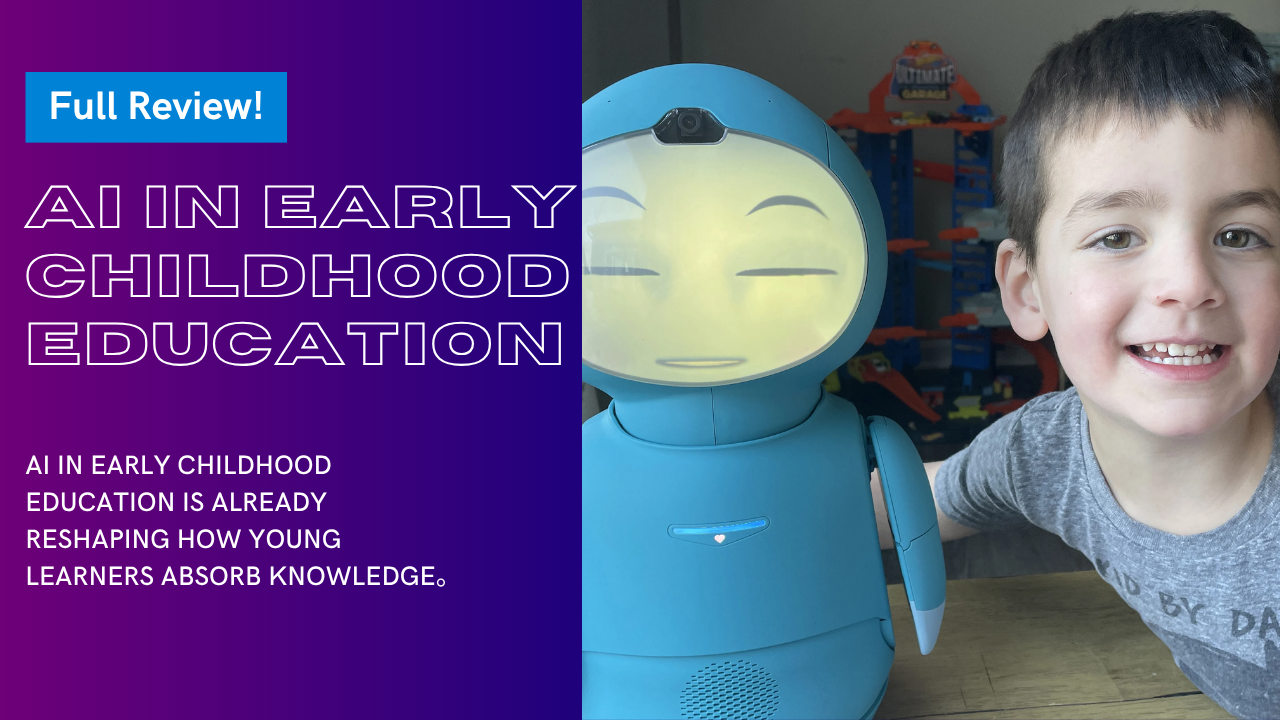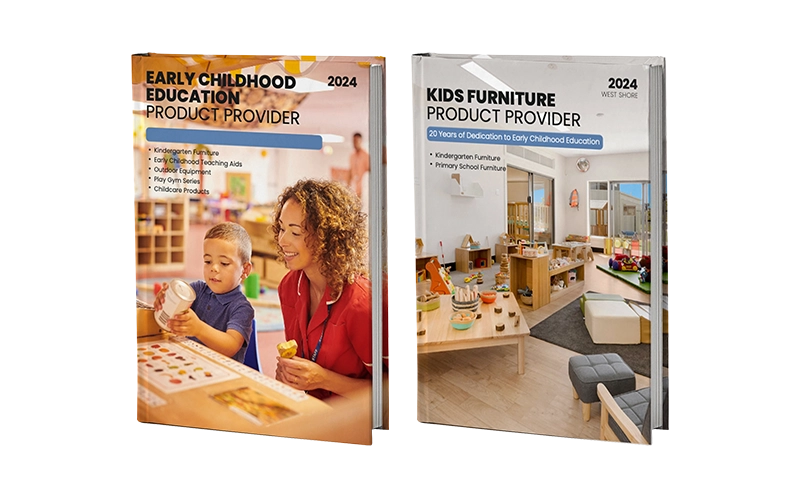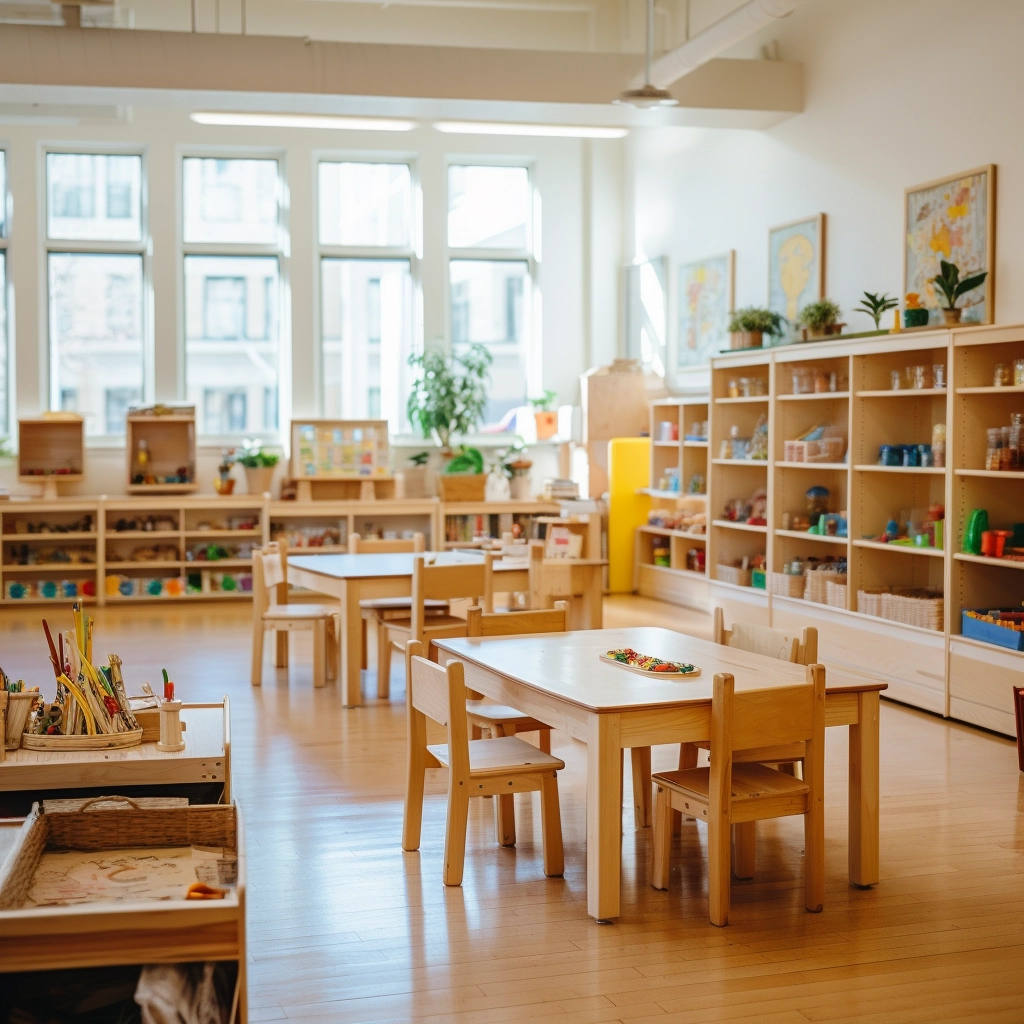Are children learning better with AI?
These questions are no longer speculative. AI in early childhood education is already transforming how young learners absorb information, engage with content, and build foundational skills. The conversation has moved beyond whether this shift will happen—it’s now about how fast.
While the concept may sound futuristic, it’s unfolding rapidly. As Samia Kazi, Middle East Regional Advisor for Childhood Education International, notes, the integration of artificial intelligence into early learning environments is not a distant possibility but an urgent reality. In her article “AI in Early Childhood – Five Things Teachers Need to Know”, initially published in The Blue DOT by the Mahatma Gandhi Institute of Education for Peace and Sustainable Development, Kazi calls on educators to take proactive steps in preparing for this technological shift.
Her insights highlight five essential considerations every educator should understand as AI reshapes the early learning landscape. Let’s explore what this means for teachers, parents, and—most importantly—our youngest learners.

Why Talk About AI in Early Childhood Education Now?
เราอาศัยอยู่ในยุคที่แม้แต่เด็กวัยเตาะแตะก็ใช้ iPad ได้เร็วกว่าผู้ใหญ่ส่วนใหญ่ คนในยุคดิจิทัลเติบโตมาพร้อมกับเทคโนโลยี แต่ปัญญาประดิษฐ์ในระบบการศึกษาปฐมวัยไม่ได้เป็นเพียงอุปกรณ์ไฮเทคเท่านั้น แต่ยังเป็นเรื่องของการที่การเรียนรู้ของเครื่องจักรและระบบอัตโนมัติสามารถช่วยสนับสนุนพัฒนาการทางปัญญาและสังคมที่แท้จริงในเด็กได้อย่างไร
นักการศึกษา ผู้ก่อตั้งโรงเรียน และแม้แต่เจ้าหน้าที่จัดซื้อจัดจ้าง เช่น Mark จากประเทศแคนาดา (หนึ่งในลูกค้า B2B ที่ภักดีที่สุดของเรา) เริ่มถามว่าเราจะสามารถนำ AI เข้ามาใช้โดยไม่สูญเสียจิตวิญญาณของการศึกษาในช่วงเริ่มต้นได้อย่างไร
AI in early childhood education is not about replacing teachers—it’s about enhancing their ability to reach children where they are, at their level, and with what they need most.

AI ในระบบการศึกษาปฐมวัยคืออะไร?
AI in early childhood education (AI ECE) refers to the use of artificial intelligence technologies to enhance teaching, personalize learning, and improve classroom efficiency in early years settings. While AI cannot replace the emotional connection between teacher and child, it can serve as a powerful tool to support educators and enrich the experiences of young learners.
The market for artificial intelligence in ECE is expanding rapidly. A report from Global Market Insights Inc. estimates that the global AI education market will grow from $4 billion in 2022 to $30 billion by 2032. This surge signals a shift in how early learning environments are evolving. As Samia Kazi, Regional Director for Childhood Education International, emphasizes, “We must get engaged and proactive on these topics immediately as educational artificial intelligence is just starting to take its first steps.”
So, how can AI help in early childhood education? Here are several current applications:
- Personalized Learning: AI-powered platforms assess each child’s performance and adjust activities accordingly. This allows children to learn at their own pace, supporting both advanced and struggling learners.
- Interactive Learning Experiences: From gamified apps to AI-driven storytelling and pronunciation tools, AI makes learning more engaging and responsive to each child’s interests.
- Accessibility & Inclusion: Tools powered by AI ECD technology can help children with special needs or language barriers fully participate in classroom activities.
- Early Detection of Learning Challenges: Childhood AI systems can identify signs of developmental delays or learning disabilities, providing teachers and parents with early alerts.
- Classroom Management Support: AI automates administrative tasks like attendance, documentation, and communication with families, giving educators more time to focus on teaching.
In short, AI in early childhood education is reshaping how we approach the early years, not by replacing human connection, but by enhancing it through intelligent, data-informed support.
เครื่องมือที่ขับเคลื่อนด้วย AI ที่ใช้ในโรงเรียนอนุบาลแล้ว
You might be surprised to learn that AI in early childhood education is not a futuristic idea—it’s already part of many preschool classrooms today. Below are some real-world tools and systems that are being integrated into early learning environments, blending traditional pedagogy with modern technology:
- KIBO Robots (developed by KinderLab Robotics): These screen-free coding robots are widely used in early STEM programs. Children program them by arranging wooden blocks with barcodes, which KIBO scans to perform sequences. This tactile experience aligns well with Montessori and Reggio Emilia practices by encouraging open-ended, self-directed exploration, while still introducing foundational logic and problem-solving.
- Osmo Learning System: Used in thousands of kindergartens and early learning centers, Osmo combines physical play (like puzzles, drawing, or number tiles) with AI-powered vision technology. The system’s camera “sees” what children are doing on the table and gives real-time feedback, creating a hybrid play-learning experience that is both engaging and highly personalized. This is a leading example of early learning software that uses AI to guide instruction adaptively.
- StoryBots Classroom (by Netflix and Amplify): While not fully AI in itself, StoryBots has begun integrating machine learning features to customize content recommendations based on what children respond to. Some programs now allow teachers to enter a child’s name or learning goal, resulting in personalized songs and animations that boost vocabulary and concept recall, especially helpful in language acquisition and ESL settings.
- คลาสโดโจ: Though widely known for classroom communication and behavior tracking, recent updates to ClassDojo integrate AI-based sentiment analysis. This allows the system to help educators interpret classroom mood trends based on student responses and behavior patterns. It’s used by thousands of preschools globally, including bilingual institutions and Montessori classrooms, as a bridge between educators and families.
- AI-Enabled Interactive Whiteboards: Brands like Promethean and ViewSonic have introduced early education boards with embedded AI. These can recognize gestures, adjust learning content based on attention span and pacing, and allow for multimodal interaction. In some pilot classrooms in Singapore and Finland, these boards are being used in early education robot-assisted lessons, supporting both group collaboration and individual engagement.
Even Montessori-inspired environments, which traditionally favor tactile and nature-based materials, are starting to integrate these intelligent tools in a way that complements—not replaces—their core values. For instance, a Montessori school in San Diego recently introduced Osmo into their literacy corner, using it to support phonics practice while keeping materials self-correcting and hands-on. Similarly, some Reggio Emilia-inspired centers in Australia are piloting voice-based AI assistants that respond to children’s questions during project work, extending the child’s inquiry rather than directing it.
These examples demonstrate that artificial intelligence in ECE is not about turning preschools into digital spaces, but rather about using intelligent systems to enhance observation, support differentiation, and enable more flexible learning pathways, while keeping the educator’s role central.
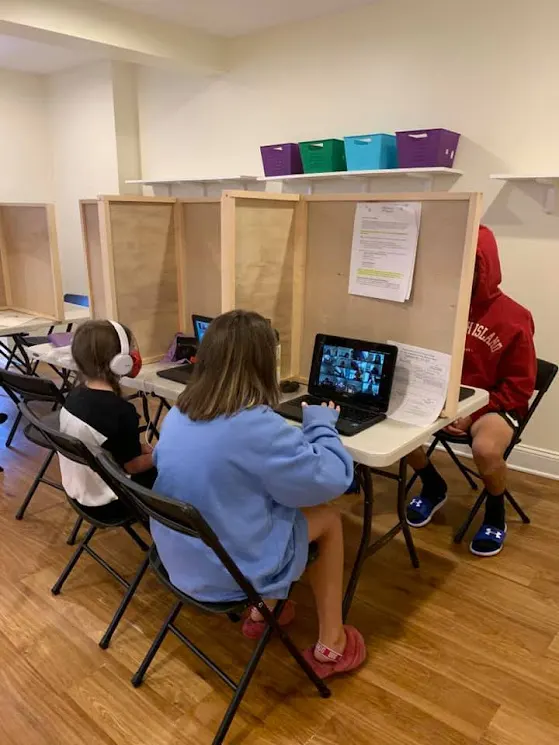
การเรียนรู้แบบเฉพาะบุคคล: การเปลี่ยนแปลงเกม
คำสัญญาที่ยิ่งใหญ่ที่สุดประการหนึ่งของ AI ในการศึกษาปฐมวัยคือการปรับแต่งเฉพาะบุคคลอย่างแท้จริง
ในอดีต ครูต้องจัดสมดุลความต้องการของเด็ก 20-30 คนด้วยแผนการสอนเพียงแผนเดียว ปัจจุบัน AI ช่วยระบุ:
- เด็กคนไหนกำลังดิ้นรนกับแนวคิด
- เด็กคนไหนต้องการเนื้อหาขั้นสูงมากขึ้น
- ผู้เรียนที่แตกต่างกันรักษาความรู้ไว้ได้อย่างไร
ซึ่งหมายความว่าเด็กๆ จะไม่ถูกกดดันหรือกดดันจนเกินไป เด็กๆ จะได้รับการตอบสนองตามระดับความสามารถ ซึ่งถือเป็นเรื่องสำคัญในช่วงปีที่สำคัญอย่างช่วงวัย 0–6 ปี ซึ่งเป็นช่วงที่สมองมีพัฒนาการสูงสุด
ระบบเช่น SmartyPal จะอ่านว่าเด็กๆ อ่านนิทานอย่างไรและปรับหนังสือในอนาคตให้เหมาะสม ซึ่งเป็นตัวอย่างที่สมบูรณ์แบบของ AI ที่ส่งเสริมการมีส่วนร่วมอย่างลึกซึ้งแทนการใช้เวลาหน้าจอเฉยๆ
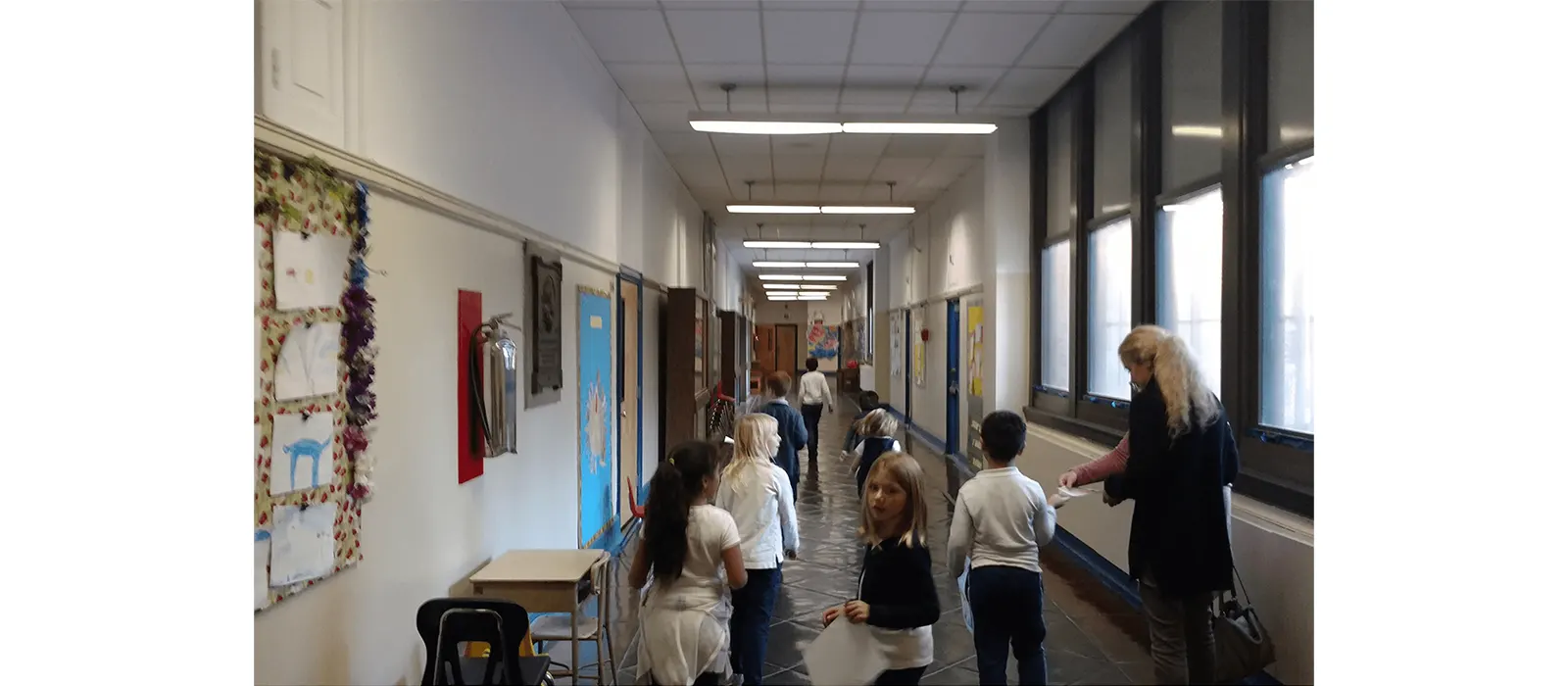
Be mindful of children’s screen time
พ่อแม่และนักการศึกษากังวลว่าลูกจะใช้เวลาหน้าจอมากเกินไปหรือขาดการติดต่อกับผู้อื่น และพวกเขาควรกังวล
แต่ประเด็นสำคัญอยู่ที่ AI ในระบบการศึกษาปฐมวัยนั้นทำงานได้ดีที่สุดในฐานะส่วนเสริม ไม่ใช่สิ่งทดแทนการโต้ตอบที่แท้จริง
เมื่อเราช่วยลูกค้าออกแบบห้องเรียนอนุบาล เรามักจะแนะนำให้บูรณาการการเล่นเชิงปฏิบัติและการเรียนรู้ทางสังคมควบคู่ไปกับเครื่องมือดิจิทัล
เราเชื่อในห้องเรียนแบบผสมผสานซึ่งเทคโนโลยีสนับสนุนการเรียนรู้แบบสัมผัส การทำงานร่วมกัน และการเคลื่อนไหว AI ไม่จำเป็นต้องหมายถึงการแยกตัว การใช้ AI อย่างชาญฉลาดสามารถส่งเสริมการสื่อสารและความเห็นอกเห็นใจโดยการระบุอารมณ์และแนะนำกิจกรรมการเล่นเป็นกลุ่ม
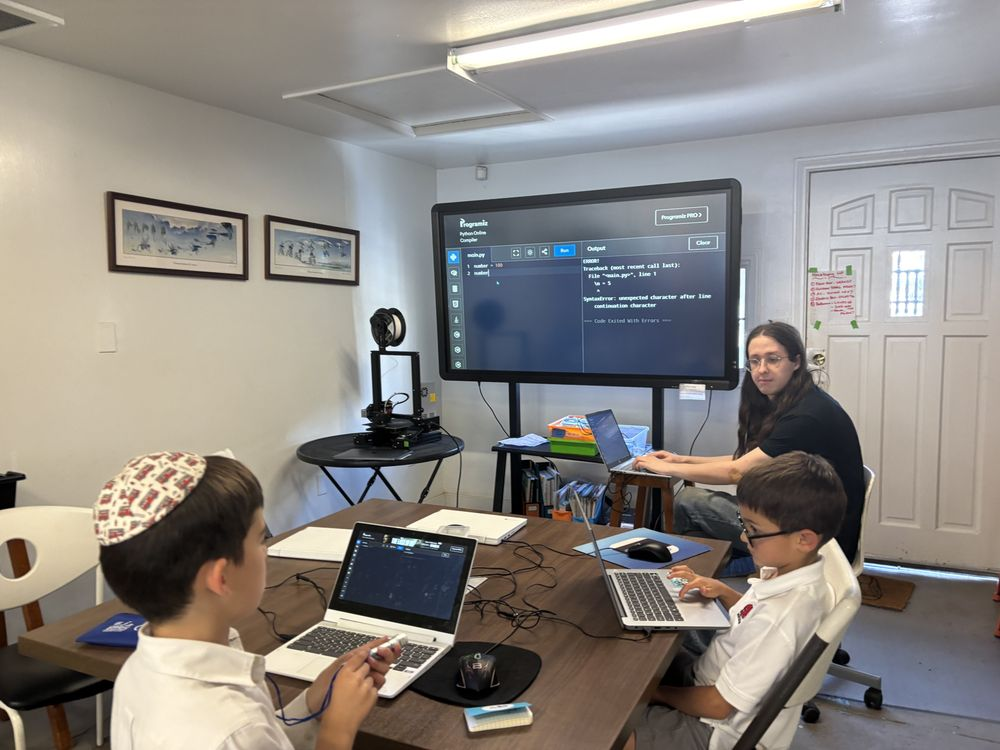
Teachers and AI combine to teach
AI will never replace great teachers. But it can make them even better.
ลองนึกภาพครูเริ่มต้นวันใหม่ด้วยแดชบอร์ดที่แสดงข้อมูลต่อไปนี้
- เด็กคนไหนที่ต้องเผชิญกับค่ำคืนที่ยากลำบาก (ผ่านเครื่องติดตามการนอนหลับอัจฉริยะ)
- ใครบ้างที่น่าจะมีปัญหาในการอ่านหนังสือในวันนี้
- เด็กคนไหนที่เจริญเติบโตทางอารมณ์
ด้วยข้อมูลเหล่านี้ ครูจะสามารถตัดสินใจได้อย่างชาญฉลาดมากขึ้น วางแผนกิจกรรมได้ดีขึ้น และเชื่อมโยงกับนักเรียนได้ลึกซึ้งยิ่งขึ้น
AI ในการศึกษาปฐมวัยช่วยให้ครูทำสิ่งที่พวกเขาทำได้ดีที่สุด นั่นก็คือการเชื่อมต่อกับเด็กๆ
ความท้าทายและข้อควรพิจารณาทางจริยธรรม
แน่นอนว่าไม่ได้มีแค่แสงแดดและเวลาหน้าจอเท่านั้น ในฐานะซีอีโอที่ทุ่มเทให้กับการศึกษาในช่วงเริ่มต้น ฉันจึงเน้นย้ำถึงการใช้ AI อย่างมีความรับผิดชอบต่อลูกค้าและพันธมิตรของเราอยู่เสมอ
ข้อกังวลหลักๆ มีดังนี้:
1. ความเป็นส่วนตัวของข้อมูล
เด็กเล็กมีความเสี่ยง แพลตฟอร์มเช่น COPPA (Children's Online Privacy Protection Act) และ GDPR จะต้องปฏิบัติตามกฎระเบียบที่เข้มงวดหากใช้งานในยุโรป
2. การพึ่งพาเทคโนโลยีมากเกินไป
AI ควรสนับสนุนการเรียนรู้และความสัมพันธ์ในชีวิตจริง ไม่ใช่แทนที่ การใช้งานมากเกินไปอาจขัดขวางการเล่นตามธรรมชาติ การสำรวจ และการผูกมิตรทางสังคม
3. อคติในอัลกอริทึม
หากไม่ได้รับการออกแบบอย่างระมัดระวัง ระบบ AI อาจเสริมสร้างอคติทางวัฒนธรรมหรือเพศ บริษัทและนักการศึกษาต้องแน่ใจว่ามีการใช้ชุดข้อมูลที่ครอบคลุมและหลากหลายในการพัฒนา
4. ความเสมอภาคและการเข้าถึง
ไม่ใช่ว่าโรงเรียนทุกแห่งจะสามารถเข้าถึงเทคโนโลยีได้เท่าเทียมกัน ข้อจำกัดด้านงบประมาณ โครงสร้างพื้นฐานที่ไม่เพียงพอ และการฝึกอบรมพนักงานที่จำกัด อาจทำให้โรงเรียนอนุบาลหลายแห่ง โดยเฉพาะในพื้นที่ชนบทหรือพื้นที่กำลังพัฒนา ไม่สามารถใช้ประโยชน์จากเครื่องมือ AI ได้ ผู้ให้บริการเทคโนโลยีการศึกษาและผู้กำหนดนโยบายต้องเน้นที่การสร้างโซลูชัน AI ราคาไม่แพงที่มีเทคโนโลยีต่ำ ซึ่งสามารถปรับขนาดและนำไปใช้ได้แม้ในสภาพแวดล้อมที่มีทรัพยากรจำกัด ความเสมอภาคต้องเป็นสิ่งสำคัญลำดับแรกเพื่อให้แน่ใจว่าไม่มีเด็กคนใดถูกทิ้งไว้ข้างหลังในการเปลี่ยนแปลงทางดิจิทัลครั้งนี้
อย่าลืมว่าเทคโนโลยีสะท้อนถึงเจตนาเบื้องหลัง AI ในระบบการศึกษาปฐมวัยต้องอาศัยความเห็นอกเห็นใจ ความเท่าเทียม และจริยธรรม
อนาคตของ AI ในระบบการศึกษาปฐมวัยจะเป็นอย่างไร
ทั้งหมดนี้จะมุ่งหน้าไปที่ไหน?
ในอีก 5 ถึง 10 ปีข้างหน้า ผมเชื่อว่าเราจะเห็น:
- ผู้ช่วยครูที่ขับเคลื่อนด้วย AI ในทุกห้องเรียน
- การแปลแบบเรียลไทม์หลายภาษาสำหรับชุมชนที่หลากหลาย
- แพลตฟอร์มการเรียนรู้การรับรู้ทางอารมณ์ที่ปรับให้เข้ากับทักษะและอารมณ์ไม่เพียงเท่านั้น
- โลกการเรียนรู้ VR/AR ที่ได้รับการปรับปรุงด้วย AI เพื่อจำลองประสบการณ์ในโลกแห่งความเป็นจริง
- เครื่องมือออกแบบห้องเรียนที่ขับเคลื่อนด้วย AI เพื่อสร้างสภาพแวดล้อมที่เน้นเด็กเป็นศูนย์กลางโดยอิงจากข้อมูลการพัฒนา
ผู้ให้บริการการศึกษาปฐมวัยที่มีแนวคิดก้าวหน้าหลายรายกำลังพิจารณาการรวมเฟอร์นิเจอร์โรงเรียนอนุบาลตามหลักสรีรศาสตร์เข้ากับสถานีการเรียนรู้อัจฉริยะ เพื่อสร้างห้องเรียนที่รองรับการเล่นเชิงปฏิบัติและการเรียนรู้แบบดิจิทัล
ส่วนที่ดีที่สุดคือเทคโนโลยีประเภทนี้มีราคาที่จับต้องได้และเข้าถึงได้ทั่วโลก แม้แต่โรงเรียนที่มีงบประมาณจำกัดก็สามารถเริ่มผสาน AI เข้ากับสภาพแวดล้อมการเรียนรู้ได้โดยไม่ต้องเสียสละคุณภาพหรือใช้จ่ายเกินตัว
บทสรุป
AI ในระบบการศึกษาปฐมวัยไม่ใช่แค่กระแสเท่านั้น แต่ยังเป็นการเปลี่ยนแปลงอีกด้วย เมื่อใช้ AI อย่างชาญฉลาด จะช่วยให้ครูมีอำนาจมากขึ้น มีส่วนร่วมกับเด็กๆ และเตรียมคนรุ่นต่อไปให้มีอนาคตที่สดใสขึ้น
เนื่องจากการเปลี่ยนแปลงนี้ยังคงดำเนินต่อไป การมีสภาพแวดล้อมที่เหมาะสมเพื่อรองรับทั้งการเรียนรู้แบบดั้งเดิมและเทคโนโลยีใหม่ ๆ จึงมีความสำคัญเพิ่มมากขึ้น ซึ่งนั่นคือจุดที่พันธมิตรที่มีประสบการณ์สามารถสร้างความแตกต่างได้

